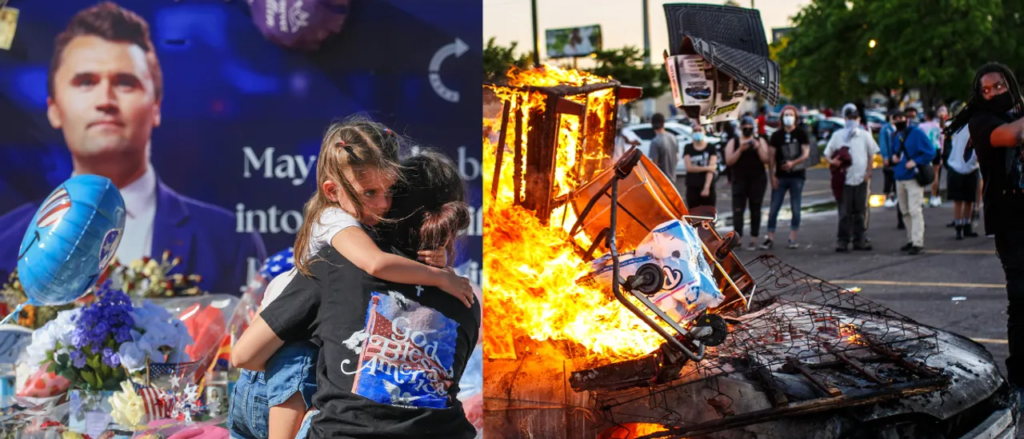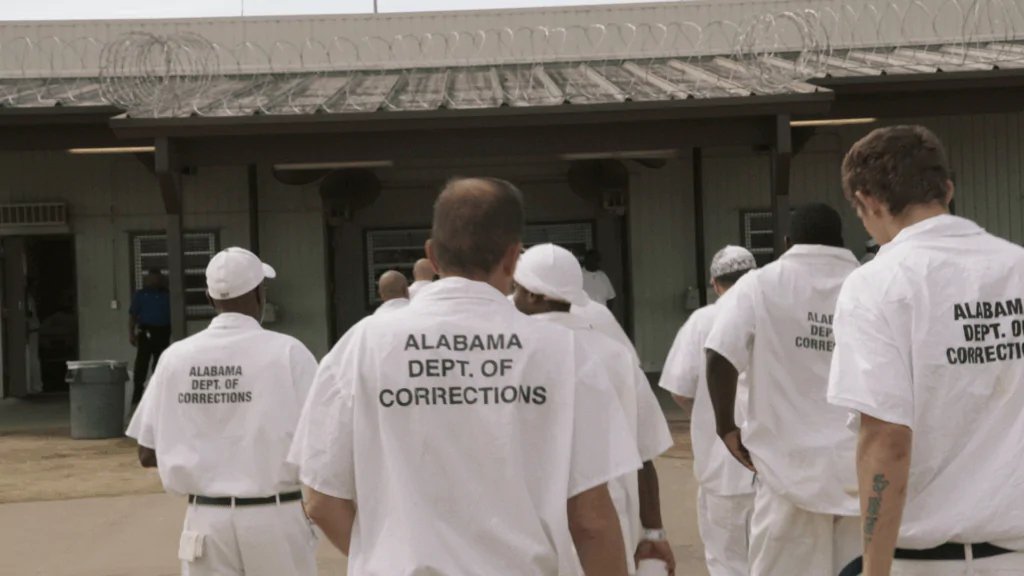Responses to Comparisons Between George Floyd and Charlie Kirk
The recent comparison drawn by The Atlantic between George Floyd’s death in 2020 and the murder of Charlie Kirk in 2025 has sparked considerable backlash from right-wing circles. This pushback isn’t surprising, given the fundamental differences between the two figures and their legacies. It seems that author Thomas Chatterton Williams attempts to bridge a connection, but only if one overlooks key distinctions.
Williams’s analysis starts on shaky ground. He presents both men as analogous despite their vastly different backgrounds and life choices. In a rather ironic twist, he likens Kirk, a respected Christian conservative advocate who championed civil discourse and traditional values, to Floyd without acknowledging the complexities involved.
According to Williams, “Today, just like five years ago, a controversial man transformed into a one-dimensional saint overnight, marshalled in a culture war that eliminated measured thoughts.” This statement suggests a pattern where individuals become symbols in ongoing cultural conflicts, overriding nuanced discussion.
Kirk was particularly passionate about empowering the youth, often reaching out to those who felt lost or unheard. He emphasized the importance of belief and personal agency in shaping their futures. His personal life reflected his values; he was a devoted husband and father, clearly cherished by his family.
In contrast, Floyd’s narrative is often overshadowed by his struggles with crime and addiction. Reports indicate he had high levels of fentanyl and methamphetamine at the time of his passing. His criminal history included significant offenses that further complicate his legacy.
To equate Kirk and Floyd requires a level of moral relativism that doesn’t hold up. The argument seems to follow that because both men died, their stories must inherently be the same. However, Williams’s portrayal of the aftermath of their deaths misses crucial differences in public response and societal impact. The left sought to frame Floyd’s death as a symbol of systemic racism, while Kirk’s murder is viewed through a lens of political violence and ideological clashes.
Protests following Floyd’s death resulted in widespread racial riots, causing significant damage and loss across the nation. Conversely, Kirk’s death did not incite riots; instead, many gathered in prayer and reflection, demonstrating a desire for peace rather than chaos.
It’s worth noting that, unlike Floyd, who faced a history of societal issues, Kirk’s ideological disagreements did not manifest in violence. The response to Kirk’s death involved more introspective conversations rather than acts of destruction. Some conservatives even found solace in returning to their faith.
Despite his flawed comparisons, Williams does touch on a truth: Kirk embodies the backlash against the aggressive rhetoric directed at those with opposing views. His death has elicited reactions that fuel further discussions, albeit those may not be entirely constructive or centered on facts.
In the end, the complexities of both men’s lives and their respective legacies cannot be distilled into an oversimplified narrative, despite attempts to do so. It highlights the challenges of engaging in discourse that often becomes polarized.







